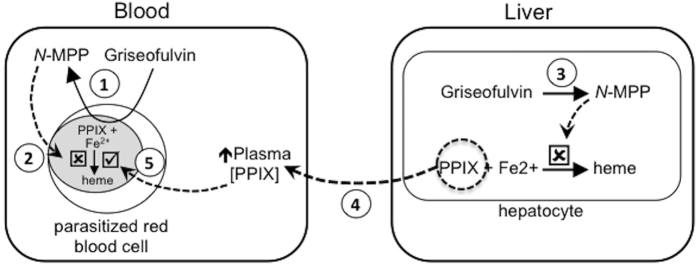Figure 5. Hypothesized interaction of griseofulvin with parasitized red cells and the host.
When Plasmodium parasitized red blood cells are exposed to griseofulvin, the drug induces the parasite to produce N-MPP (1). In the absence of PPIX (i.e. in vitro culture conditions), N-MPP inhibits ferrochelatase-catalyzed formation of heme from PPIX and Fe2+, and thereby prevents parasite growth (2). When griseofulvin is administered in vivo, the drug induces the formation of N-MPP in the liver (3). This results in the inhibition of hepatocyte ferrochelatase and a consequent build up of PPIX in the liver, which is released into the bloodstream (4). Circulating PPIX enters parasitized cells and out-competes the N-MPP inhibition of parasite-localized ferrochelatase. This allows ferrochelatase to continue producing heme and parasite growth to occur (5).

